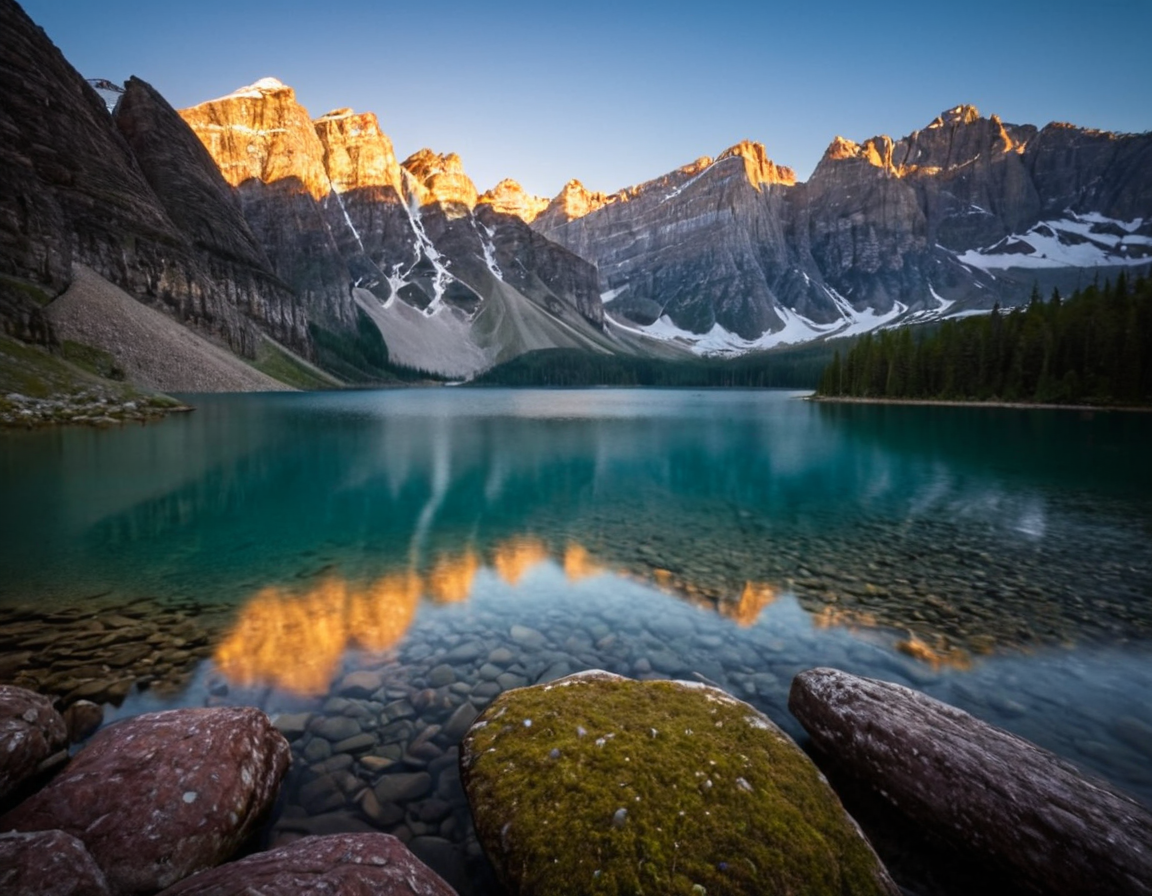Top 10 Composition Tips for Landscape Photography

Introduction to Stunning Landscape Photography
Landscape photography has long been a subject of fascination for many photographers, and it’s easy to see why. The vastness of the natural world, combined with the ability to capture its beauty through a lens, can be both humbling and awe-inspiring. However, creating stunning landscape photographs requires more than just pointing a camera at a beautiful view.
In this article, we will delve into the essential composition techniques that will help you take your landscape photography to the next level. We’ll cover topics such as leading lines, framing, and capturing the fleeting effects of light and atmosphere, all while maintaining a professional tone and adhering to the strict formatting guidelines provided.
Understanding the Fundamentals
Before we dive into the nitty-gritty of composition techniques, it’s essential to establish a solid foundation in photography fundamentals. This includes understanding your camera settings, the importance of lighting, and the role of the photographer in creating visually appealing images.
Camera Settings
One of the most critical components of landscape photography is mastering your camera settings. This includes adjusting exposure compensation, white balance, and ISO to capture the scene accurately.
Leading Lines
Leading lines are a powerful composition technique used in landscape photography to lead the viewer’s eye into the image. This can be achieved through natural features such as roads, paths, shorelines, or even man-made structures like arches or bridges.
Example
When shooting a leading line, consider the following:
- Position your camera so that the leading line is parallel to the top of the frame.
- Experiment with different angles and perspectives to add depth to the image.
- Avoid using leading lines that are too close to the subject; instead, use them to create distance and emphasize the scene.
Framing
Framing involves using natural or man-made features to create a frame around your subject. This technique can be used to isolate the subject, create depth, or even guide the viewer’s eye.
Example
When framing in landscape photography:
- Look for interesting architectural elements like arches, columns, or doorways.
- Experiment with different angles and perspectives to create unique compositions.
- Consider using framing elements that are symmetrical or asymmetrical to add visual interest.
Capturing Light and Atmosphere
Light and atmosphere play a significant role in landscape photography. The way light interacts with the scene can make or break an image.
Example
When capturing light and atmosphere:
- Shoot during the golden hour (dawn or dusk) for warm, soft light.
- Experiment with different shutter speeds to capture movement and blur.
- Pay attention to weather conditions; overcast skies can create interesting textures and moods.
Conclusion
Creating stunning landscape photographs requires a combination of technical skills, artistic vision, and practice. By mastering composition techniques such as leading lines, framing, and capturing light and atmosphere, you’ll be well on your way to taking your photography to the next level.
Remember, landscape photography is not just about pointing a camera at a beautiful view; it’s an art form that requires patience, creativity, and attention to detail. Take the time to learn from others, practice regularly, and push yourself creatively to produce images that inspire and captivate.
What do you think is the most critical aspect of landscape photography? Share your thoughts in the comments below!
Tags
landscape-photography composition-techniques leading-lines-in-photos framing-for-beauty light-capturing-tips
About Teresa Gomez
Photography enthusiast & blogger Teresa Gomez shares her expertise on inspiring photography techniques, tutorials, and tools to help creatives elevate their craft at lentecreativa.com.
